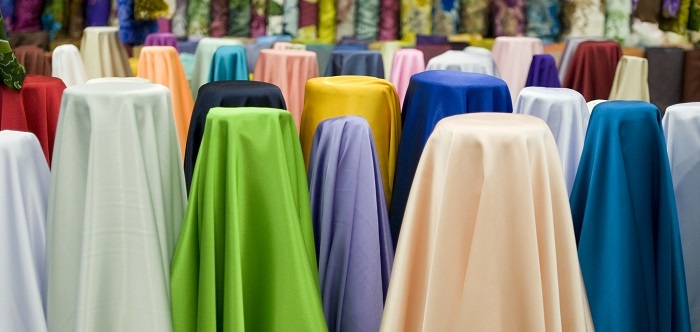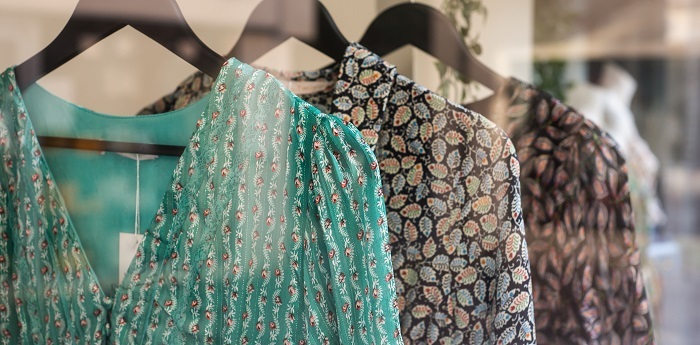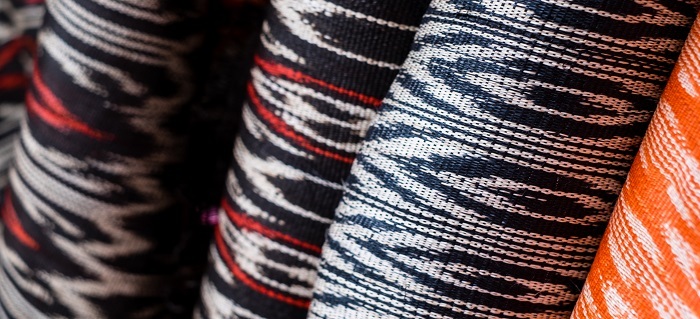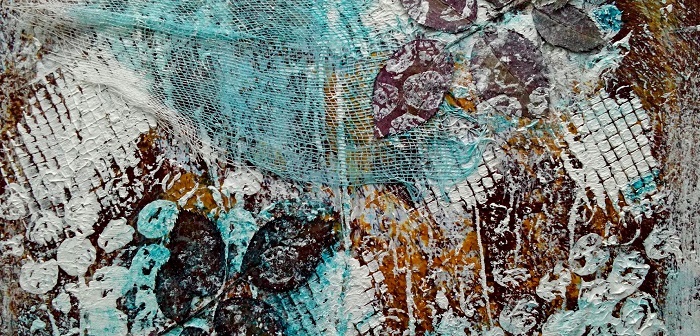

Textile design requires both a technical understanding and a fashion sense. Textile artists make works of art using a variety of garments and materials. The world of colour, patterns, treatments, formation, and perspective is at their feet. Anything made of yarn, textiles, or fibres is a textile. They require strength, flexibility, abrasion resistance, and moisture control qualities in order to be useful. Textiles are occasionally employed in protective items including bulletproof vests, army helmets, and butchers’ cut-resistant gloves. Examples of textiles include the carpeting on a school’s floor, the scrubs worn by nurses and doctors, and the sound-absorbing wall coverings in a theatre.

The craft of textile design requires both artistic talent and an in-depth understanding of fabrics. In this industry, having an eye for design isn’t enough because how a print looks on a certain fabric also has a big impact on how clothes are made. A distinctive print or surface pattern is vital for brand identity for many fashion firms, and textile design is a crucial component of the manufacturing process. Every area of the fashion industry, from wholesale clothing to high-end collections, uses surface design. Using a textile designer’s abilities is a fantastic way for a fashion firm to expand its product line and stand out from the competition.
The process of designing patterns to be printed on woven, knitted, or other forms of fabrics is at the heart of the highly creative field known as textile design. Pattern creation and production management are both aspects of the discipline of textile design. A superior eye for colour, pattern, and texture as well as an appreciation for the finer points of textiles and fashion are all qualities shared by textile designers. They are also talented artists who can draw. They comprehend textile processes, are strong communicators, have problem-solving abilities, like a challenge, and are able to keep to a budget and timeline while also recognising changes in trends and fashion.
An individual who creates designs for woven, knitted, or printed materials for use in apparel and interior design is known as a textile designer. They can employ the designs they come up with for unique lines or, more often than not, repetitive manufacturing. Due to financial limitations, small firms frequently ignore this style of design.

However, by spending money on design work specifically suited to your business, you will stand out from the tens of thousands of mainstream designs currently available to consumers.
There are many various industries where textile designers can be found, including fashion, the arts, and technology. Home products and the apparel or clothing sector are two common uses for textile design. It becomes clear that these textile industries are extremely different when you give them any thought. On your beds or curtains, you might adore a big, vibrant flowery pattern, but you probably wouldn’t want to put it on your clothes. As a result, while some textile designers produce fabrics and print patterns for garment fabric, others focus on designs for the home. Designers of various media, particularly those of clothes and interiors, collaborate with textile designers in this work.
In the creation of textiles and printed patterns for high fashion or more affordable ready-to-wear styles, some textile designers work in tandem with fashion designers. They might create a wide range of possibilities, such as floral or geometric patterns or vintage prints that harken back to earlier fashion trends. Some patterns may include making patterns or repetitions of the same motifs that cover the entire fabric. Drawings for patterns used in kitchens, baths, or other living spaces may be created by textile designers for use in interior design. They may be striving for certain colour schemes or for unified atmospheres that are striking, soothing, or inspired by nature. The three main disciplines of printed textile design, woven textile design, and mixed media textile design further divide the field of textile design. These three disciplines each employ a unique set of techniques to create a surface-adorned fabric with a variety of applications and markets.
Application of various printing technologies to fabric, cloth, and other media results in printed textile designs. The three main disciplines of textile design are printed textile design, woven textile design, and mixed media textile design. For each, a surface embellished fabric is produced using a different technique, such as resist printing, relief printing, rotogravure, screen printing, transfer printing, or digital printing. These procedures imprint appealing, frequently repeated patterns, motifs, and designs onto the fabric or cloth using a variety of inks and dyes.

The fashion and apparel sectors, the paper business, and home interior design are all primarily and intimately linked by printed textile designers, who create patterns for carpets, wallpaper, and even ceramics.
The art of weaving involves interlacing two yarns—a vertical thread (warp) and a horizontal yarn (weft), most frequently at right angles—to create fabric. A mechanical or computerised jacquard loom is now the most common form of loom used to generate woven textile designs. A stylized patterned or monochromatic fabric is constructed using different types of yarns with variations in texture, size, and colour. Designs are created within the context of weaving. The designer has access to a wide variety of yarn types, including but not limited to cotton, twill, linen, and synthetic fibres.

The designer first defines and visualises the threading sequence, which is customarily drawn out on graph paper known as “point paper,” in order to create the woven fabric.
Utilizing embroidery or other fabric manipulation techniques, including pleating, appliqué, quilting, and laser cutting, mixed media textile designs are created.

Traditionally, embroidery has been done by hand using numerous thread stitches to create designs and patterns on the surface of textiles. Embroidery offers the designer a great deal of artistic and aesthetic control, much like printed textile design. Quilting, which is typically employed to improve a textile’s insulation and warmth, gives the designer the chance to incorporate aesthetic elements. Typically, quilts include geometric and collage patterns made of a variety of textiles with diverse textures and
To sum up, weaving, printing, surface ornamentation, and digital design are all covered in the training of textile designers, who are also exposed to textile design studio setups, industrial facilities, and craft cluster regions across the nation. The study of the fundamental characteristics of textiles, such as ornamentation, value addition, etc., is an important component of textile design.
In textile mills and export houses, there are a variety of careers available, including working independently as a designer or entrepreneur or as a design or fabric manager for fashion designers, design studios, buying houses, handloom cooperatives, and buying agencies. The ability to use an infinite number of tools to bring the inner workings of one’s artistic imagination to life makes textile design an extremely privileged profession.